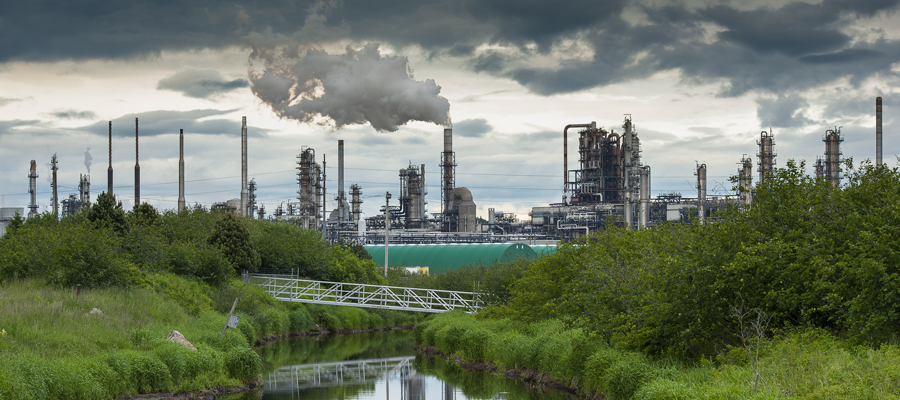Canada Pension Plan fuels climate crisis

“Financial experts say millennials will have to save an entire planet to retire,” says the satirical Beaverton.
This is funny because it’s true. Less humorously, many pensions designed for retirement security are contributing to the climate emergency with their investments. Such is the case with the Canada Pension Plan (CPP), one of our country’s largest pools of investment capital at approximately $400 billion.
Last year, the UN Intergovernmental Panel on Climate Change reported that the world only has 11 years to avoid 1.5 degree warming and its devastating impacts. As one of Canada’s largest investors—and a public institution—the CPP’s decisions are critical for the urgent and sustained emission reductions that the 1.5-degree limit demands.
Our just-released report, Fossil Futures: The Canada Pension Plan’s Failure to Respect the 1.5-Degree Celsius Limit, asks: is the CPP invested in ways that align with the Paris Agreement?
Unfortunately, the answer is no.
This is a moral and ecological failure and also a financial risk.
The CPP has invested billions in fossil fuel companies whose financial worth depends on overshooting our collective carbon budget. For example, the Canada Pension Plan Investment Board (CPPIB), which manages the fund on behalf of Canadian beneficiaries, has over $4 billion invested in the top 200 publicly traded fossil fuel companies—firms with the largest reserves of coal, oil, and gas.
To stay within 1.5 degrees, these top companies can produce only 71.4 billion tonnes of carbon dioxide yet the companies the CPPIB is invested in have 281 billion tonnes in reserve, meaning they have almost four times the carbon reserves that can be sold and ultimately burned to stay within 1.5 degrees.
This is a moral and ecological failure. It is also a financial risk. As energy generation shifts away from fossil fuels, investors who do not respond could be left with “stranded assets”—investments that are no longer profitable.
In its 2019 Financial System Review, the Bank of Canada included climate risk in its analysis for the first time.
Canadian fossil fuel companies and their investors are especially exposed to stranded asset risk since the majority of oil produced in Canada is high-cost, carbon-intensive bitumen from the oil sands. Yet, the CPPIB remains exposed to the biggest oil sands majors.
The CPPIB’s duty is to act in the best financial interests of retired or retiring Canadians. But by continuing to invest billions in fossil fuel companies it may be breaching its responsibilities. Its commitment is not only to those retiring soon, but to Canadians retiring in 10, 20, 50 years, including students across the country that gathered in huge numbers in September to protest governmental inaction on climate change.
By failing to invest with the 1.5-degree limit in mind, the CPPIB may be vulnerable to a class action lawsuit.
Why has the CPPIB been slow to act on the financial risks posed by climate change even when its legal mandate dictates that the fund avoid “undue risks”?
In Canada, the fossil fuel sector has been successful getting a seat at government decision-making tables, both provincially and federally. The same is true for the CPPIB whose board of directors and staff are entangled with the fossil fuel industry.
Formal relationships that CPPIB officials have with fossil fuel companies potentially bring the interests and perspectives of those companies into CPPIB decision-making regarding climate risk. This is dangerous since the self-interest of fossil fuel companies contradicts the changes that governments and investors need to make in order to avoid global warming in excess of 1.5 degrees.
By failing to invest with the 1.5-degree limit in mind, the CPPIB may be vulnerable to a class action lawsuit brought on behalf of young Canadians just like the one launched in Vancouver against the federal government in October. Instead of enhancing retirement security for young Canadians, the CPPIB is eating away at their future.
Topics: Climate change & energy policy


